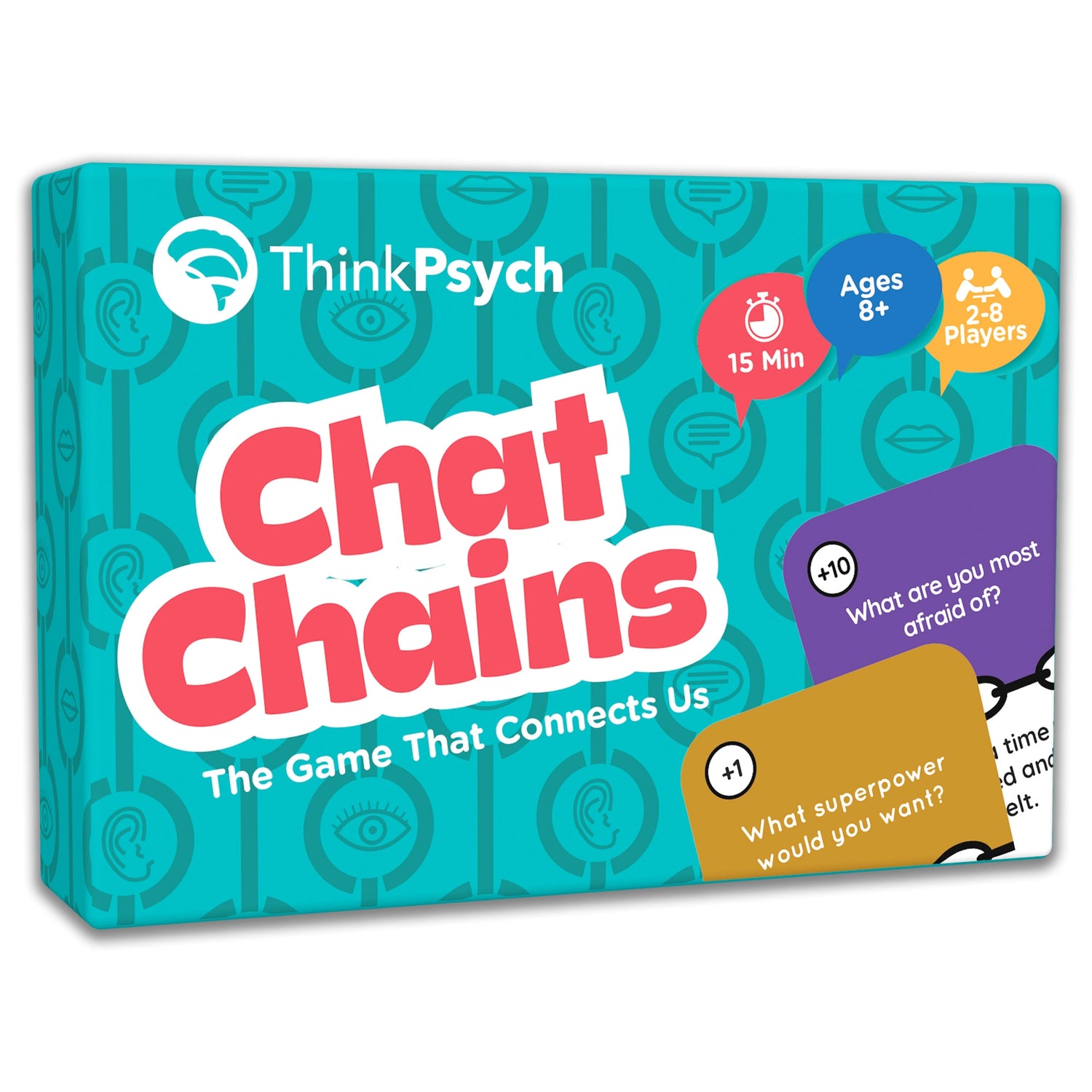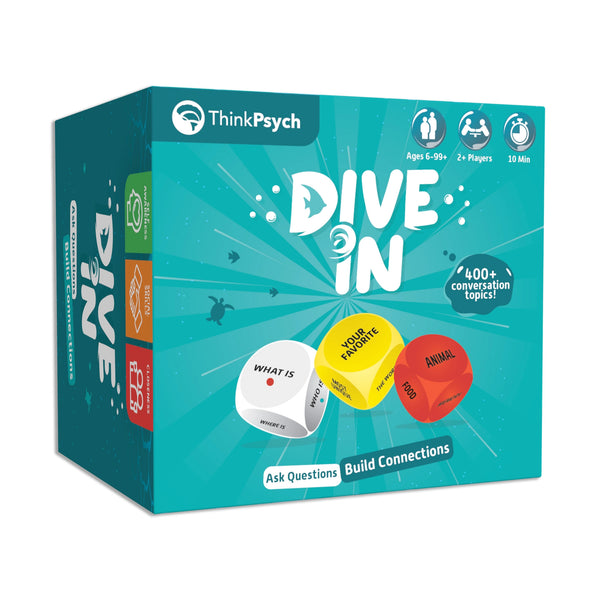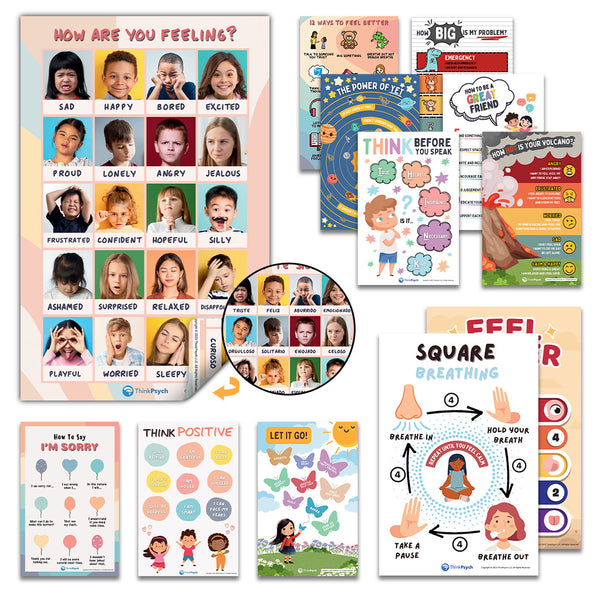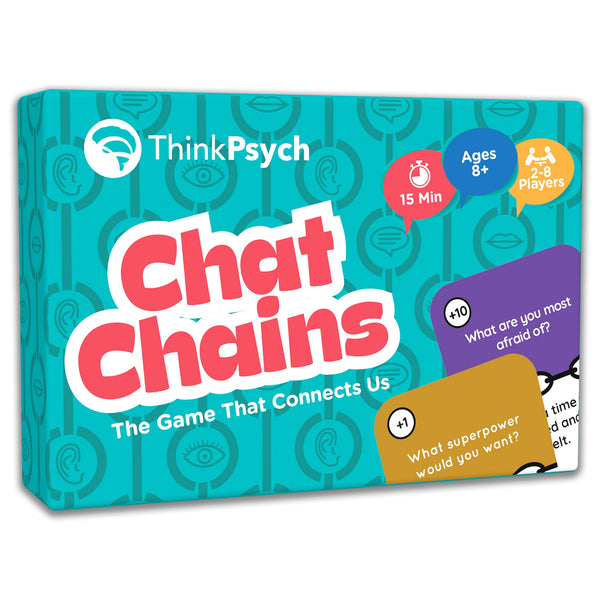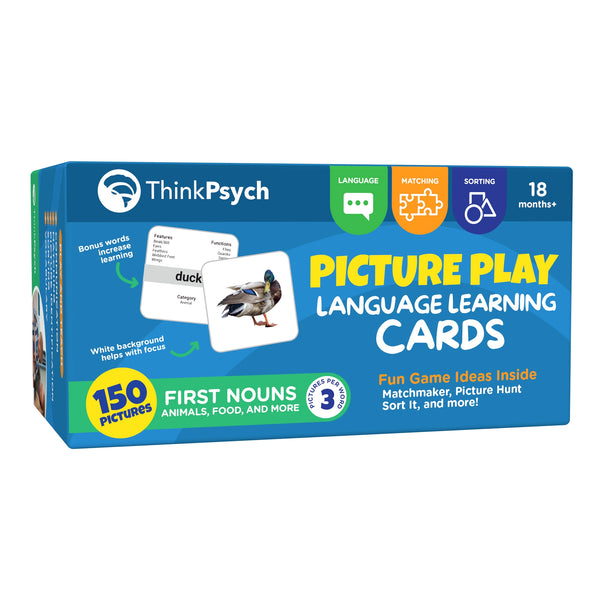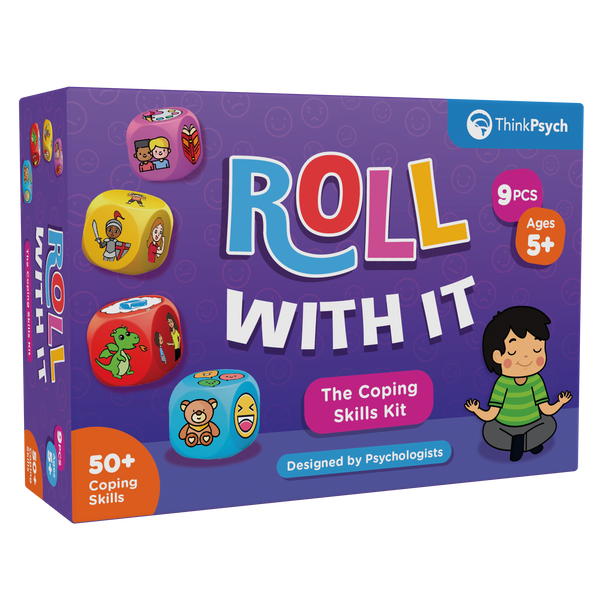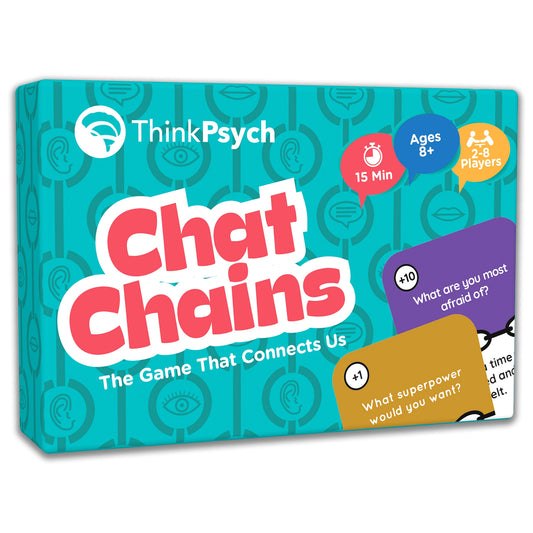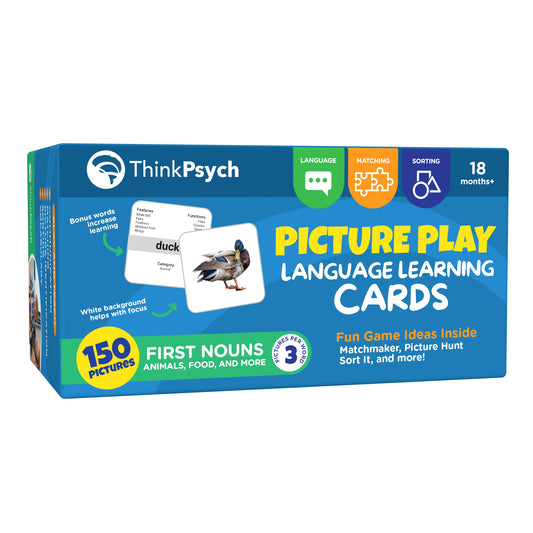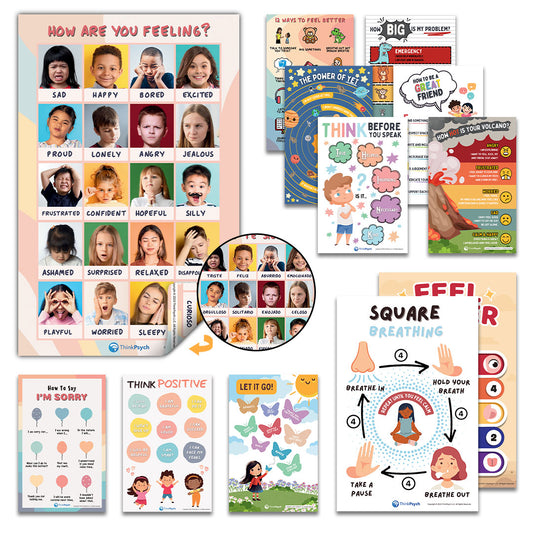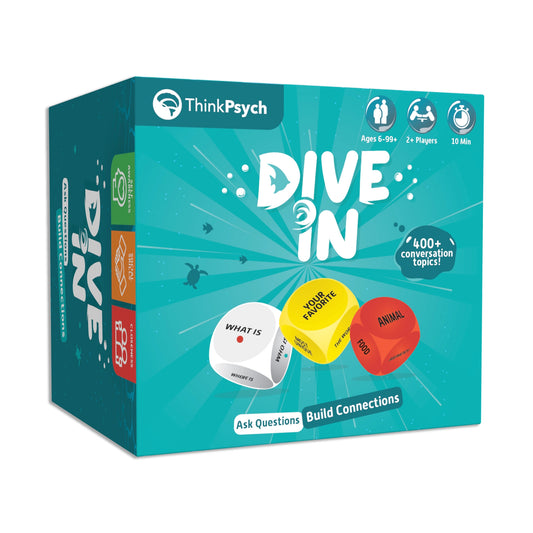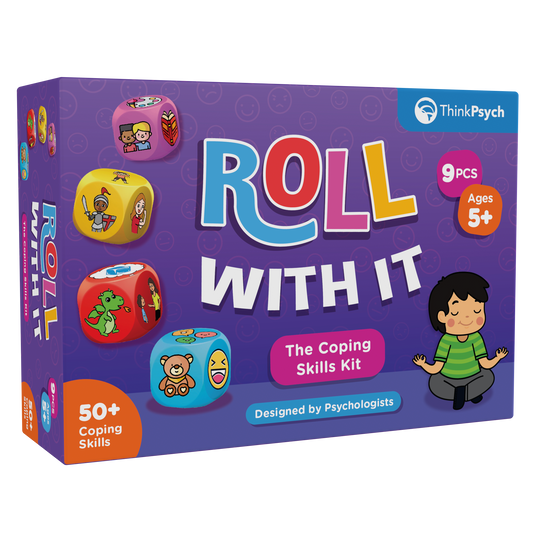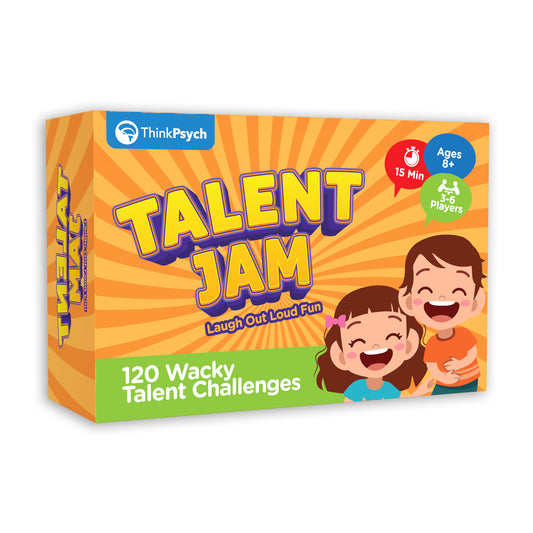
What Is Positive Discipline? Tips to Use This Parenting Model
Share
Most parents are familiar with what it means to discipline their children. Whether it’s scolding them or using a time-out, these types of discipline methods can be effective. But engaging with positive discipline offers an alternative way to handle your child’s misbehavior. Instead of punishment, it uses positive reinforcement as a means to get the desired result. If you’re considering this method for your children, use the following tactics to apply it successfully.
Redirect Their Attention
Children can get frustrated easily in a variety of different situations. Fortunately, positive discipline can work in your favor when it comes to their short attention span. As opposed to engaging with their feelings, try directing them towards something else. For example, tell your toddler to go play outside instead of telling them they can’t watch more television. By providing an alternate activity to focus their attention on, positive discipline for toddlers can keep things in an optimistic light.
Positive Affirmation
Discouraging negative behavior is a familiar part of being a parent. But praising and rewarding good behavior are examples of positive discipline that can be more effective. If your child is upset about a friend who is sick or experiencing hardship, acknowledge it. Let them know that concern for the well-being of their friend shows empathy. By providing affirmation and articulating the emotion, they’ll feel encouraged to do the same thing again. Specifically praising and rewarding positive behavior will help teach your child how you would like them to act in the future.
Take a Time-In
Every parent has used a time-out as a way to deal with their child’s misbehavior. Next time, instead of making them go to the corner to be alone, engage them. Positive discipline examples may include reading a book with them or playing outside. Once they’ve had some time, get them to reflect on their behavior or use Chat Chains to inspire conversation! Keep in mind that using time-ins shouldn’t dissuade you from using time-outs if they’re effective.
Keep It Short
It’s tempting to get detailed when you want your children to follow instructions, but it isn’t always more effective. Keep instructions to one word and explain yourself later if it’s required. For example, if you’re trying to get your teenager to take out the garbage, a simple ‘garbage’ will do. It might seem impolite, but it can be the best way to get your child to listen. This method can be particularly effective when you’re practicing positive discipline for teenagers.
Ignore It
As parents, we know it’s important to pay attention to our children. But, when your child is behaving badly, it can be best to let it go. If they’re simply interrupting your conversation or complaining about something, ignore them. It’s quite likely they won’t behave in the same way again if they don’t get a reaction. Be aware that this rule doesn’t hold for everything. If your child is being violent or destructive, it’s important to stop the behavior immediately.
Shop ThinkPsych Products
Punishing our children can be one of the most unpleasant aspects of being a parent. But positive discipline can be a great way to stay away from the negative and cast discipline in an optimistic light. If you’re struggling to deal with your child’s misbehavior, you may want to try this method for helping to redirect your child’s energy. It can keep the lines of communication open and positively impact your child’s personal development!
References
Good Housekeeping. What Is Positive Discipline? Experts Say This Method Is Effective at Getting Kids to Behave. https://www.goodhousekeeping.com/life/parenting/a26754534/positive-discipline/
Verywell Family. 5 Positive Discipline Techniques to Try. https://www.verywellfamily.com/examples-of-positive-discipline-1095049
